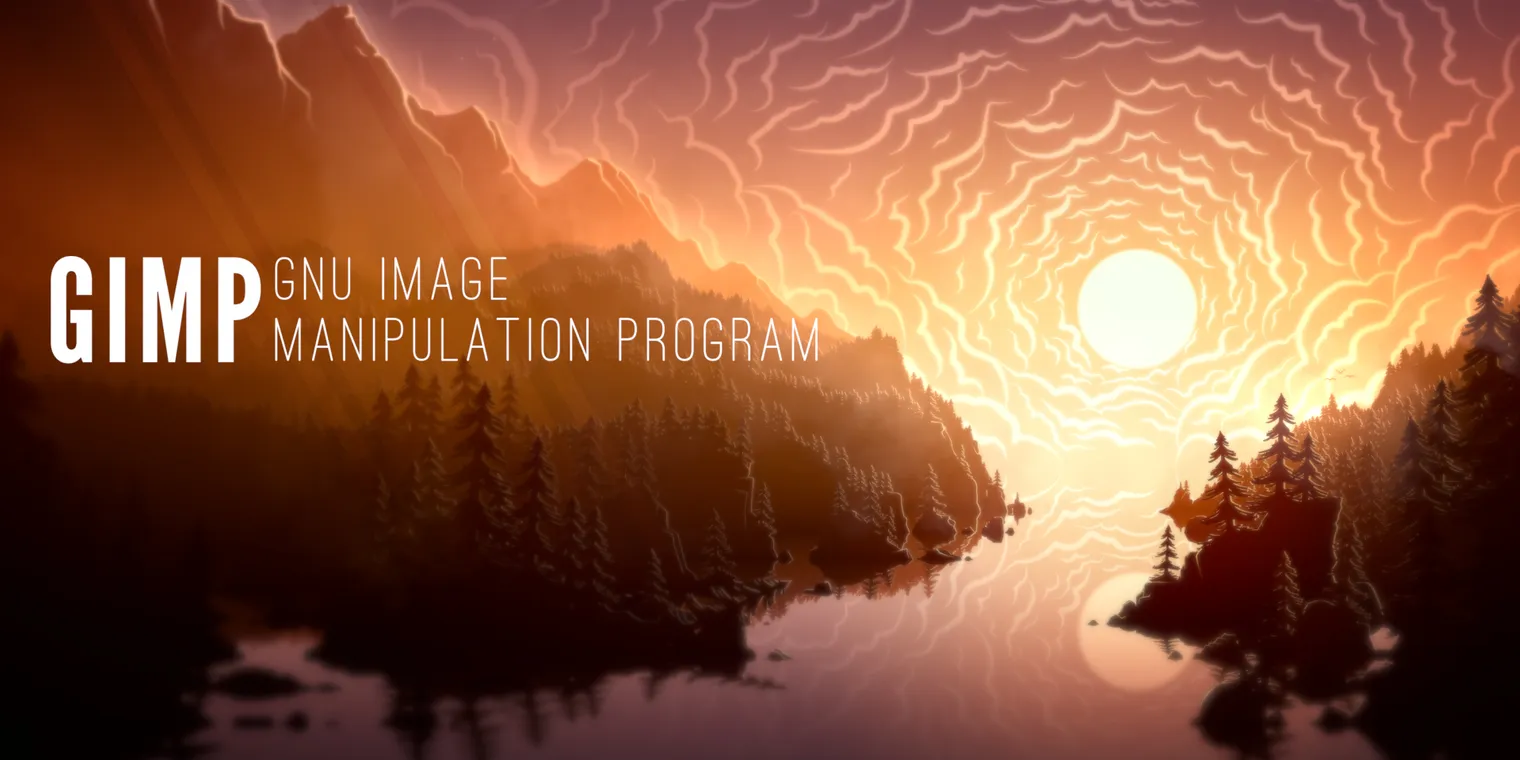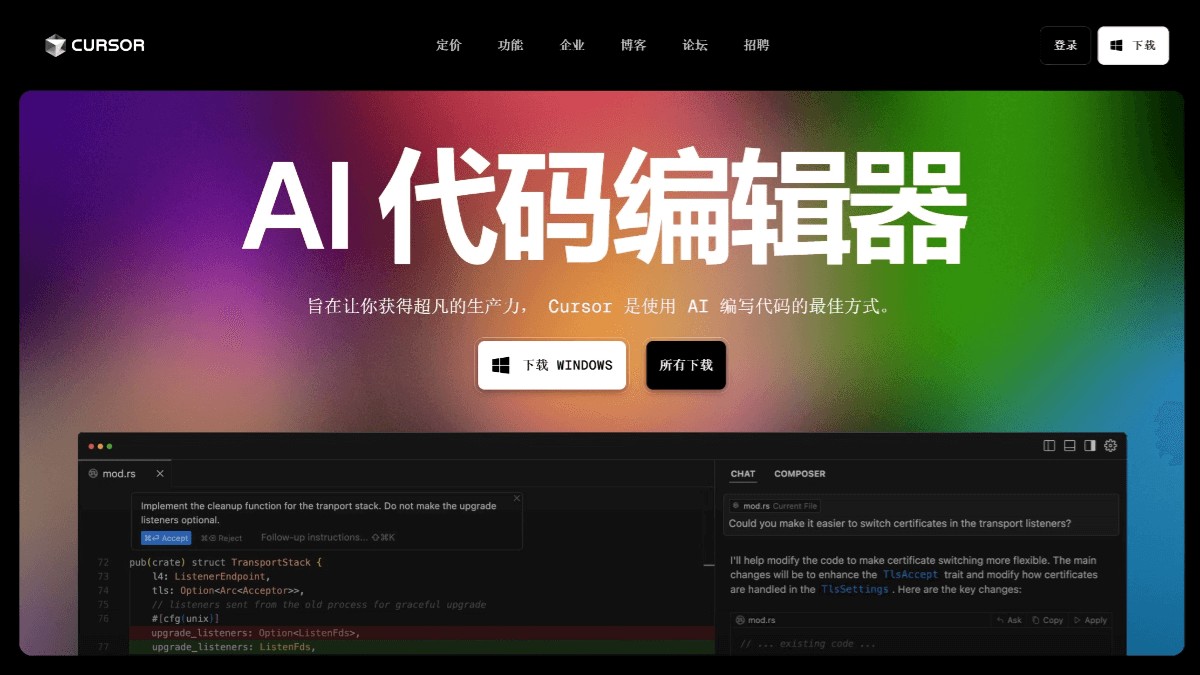
January 2, 2025 — GIMP (GNU Image Manipulation Program) today released its second release candidate (RC2) for version 3.0. This update mainly focuses on bug fixes, feature enhancements and compatibility improvements, providing users with a more stable and smooth image editing experience.
Main update highlights:
Migration issue fix : Fixed the settings migration issue when migrating from GIMP version 2.10 to version 3.0, ensuring a seamless transition for users to the new version.
macOS font problem fix : Fixed the problem of missing graphical user interface (GUI) fonts on the macOS platform, improving system stability and compatibility.
Enhanced darktable integration : The integration of GIMP and darkroom (darktable) has been further optimized to provide photographers and post-production staff with a smoother workflow.
Removed old GEGL operation API : In response to community feedback, GIMP has removed the old GEGL operation API wrapper in RC2. The new version integrates a more powerful public filter API and improves the compatibility of plug-ins and scripts.
Color Management Optimization : Addresses non-perceptual TRC (tone response curve) color profile rendering issues, ensuring images are rendered accurately in default layer mode.
Linux version update : GIMP 3.0 RC2's AppImage format now supports most Linux distributions, the Flatpak version has also been optimized, and the independent application ID enables it to coexist with the stable version.
Other fixes and enhancements : This update also includes improvements to the BMP plug-in and fixes for numerous minor bugs and performance issues.
The release of GIMP 3.0 RC2 has laid a solid foundation for the upcoming official version. Users and developers can look forward to more stable and efficient image editing tools.
About GIMP
GIMP (GNU Image Manipulation Program) is an open source image editing software widely used for image processing, drawing, photo restoration and creation. With its powerful functions and flexible scalability, GIMP has become one of the tools of choice for professional designers, photographers and enthusiasts.



